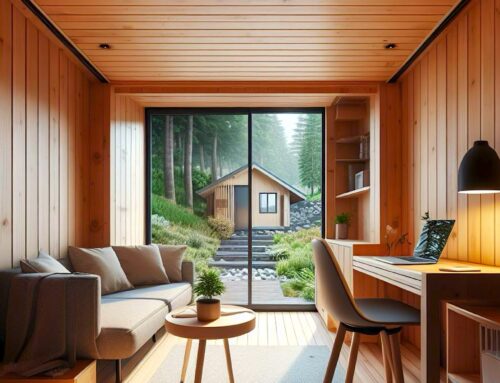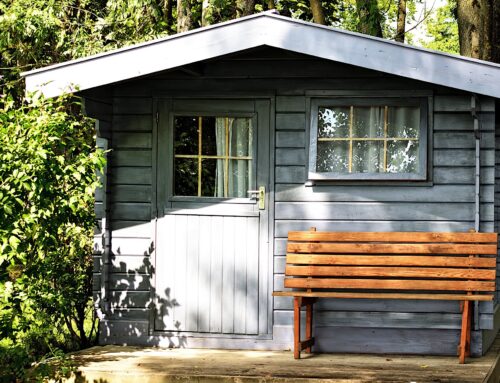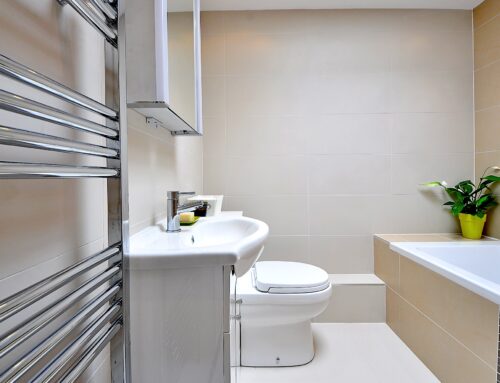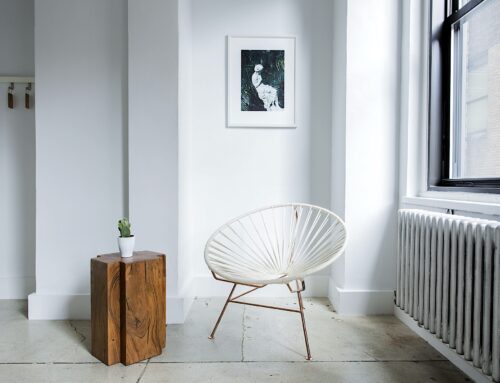As you age, ensuring that your home remains comfortable and safe becomes a top priority. Whether you plan to stay in your current home or are considering downsizing, there are steps you can take to make your home more accessible for seniors. These modifications will allow you to age in place and maintain your independence for as long as possible.
What is an accessible home?
An accessible home is designed or modified to accommodate the changing physical and cognitive needs that come with aging. It includes features that make entering, exiting, moving around, and performing daily activities easier for seniors, without barriers or hazards. The benefits of an accessible home include:
- Enhanced quality of life: It provides increased comfort, convenience, and independence.
- Reduced risk of accidents: Modifications eliminate obstacles and offer support, reducing the risk of falls and injuries.
- Cost savings: Investing in accessibility now can prevent costly repairs, renovations, or the need to relocate in the future.
- Increased home value: Making your home more attractive and functional can add value when you decide to sell.
How can you create an accessible home?
Creating an accessible home for seniors can take various forms, depending on your budget, preferences, and specific needs. Here are some general tips and examples of elder-friendly accessibility features to consider:
1. Entry and Exit:
- Ensure easy and safe access to your home, which may involve installing ramps or leveling the ground to eliminate steps or stairs.
- Consider widening doorways or using offset hinges to accommodate wheelchairs or walkers.
- Improve lighting and contrast at the entrance to make it more visible and inviting.
2. Stairways:
- If your home has stairs, you may want to install a stair lift or elevator for safe and comfortable mobility.
- Add non-slip finishes, handrails, and color contrast to steps and stair nosing to prevent slips and falls.
3. Living Area:
- Create ample space for free movement in common areas by rearranging furniture, removing rugs and clutter, and securing cords and wires.
- Lower the height of furniture, appliances, countertops, shelves, and cabinets to make them more accessible and convenient.
4. Bathroom:
- Install grab bars, raised toilet seats, toilet safety frames, shower seats, and anti-scald devices.
- Consider replacing a bathtub with a step-in shower or a walk-in tub equipped with a door and a seat.
- Non-slip mats are essential in preventing accidents.
5. Kitchen:
- Arrange appliances near the sink and counters to make cooking easier.
- Install pull-out shelves, lazy Susans, touchless faucets, lever handles, and easy-to-read labels.
- Use adaptive utensils, dishes, cups, and cutting boards designed for individuals with limited dexterity or vision.
6. Personal Care and Well-being:
- Implement products to help with daily activities, like medication organizers, pill crushers, or dispensers.
- Monitor vital signs with devices such as blood pressure monitors, glucose meters, thermometers, pulse oximeters, and scales.
- Stay connected with family, friends, and caregivers through personal alarm systems, phones with large buttons, or video call devices.
Where can you find information and assistance?
To embark on creating an accessible home, consider consulting with professionals like occupational therapists, contractors, or accessibility specialists. They can assess your needs, recommend solutions, and guide you through the installation or modification process. Additionally, look for funding programs or tax credits that can help cover the costs of accessibility renovations and products.
For example, in Canada, you may be eligible for the Home Accessibility Tax Credit (HATC), which allows you to claim up to $3,000 of eligible expenses for the 2022 and subsequent taxation years. Another option is the Home and Vehicle Modification Program, offering funding for basic home and vehicle modifications to permanent Ontario residents with significant impairments. Explore resources on the websites of your provincial or territorial government, Veterans Affairs Canada, or organizations like March of Dimes Canada for more information.
Creating an accessible home for seniors is a worthwhile investment. By following these tips and seeking professional assistance, you can enhance your comfort, safety, and independence while aging. Remember, an accessible home is not only a smart choice but also a path to a happier and more fulfilling life.
Contact me to view accessible homes in your preferred areas.









